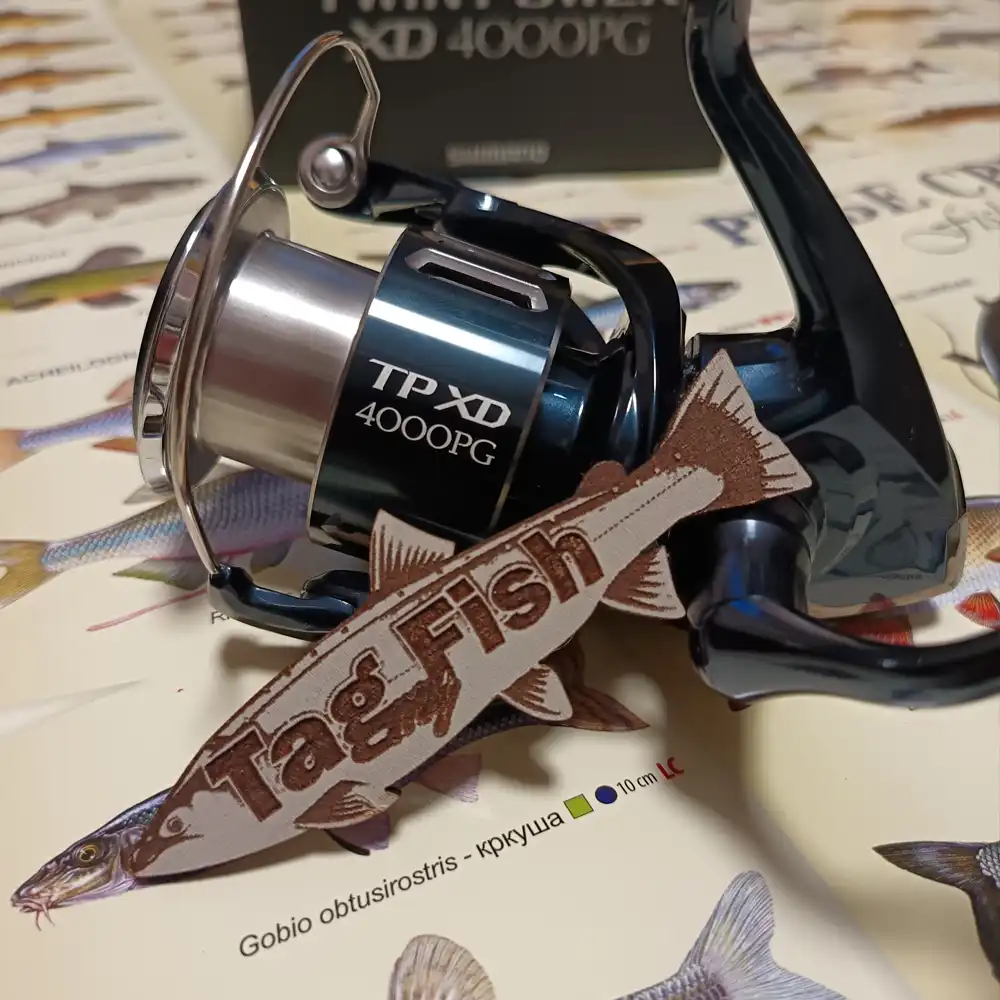Salton Sea

General data
- Name: Salton Sea
- Water system: Planet Earth
- Water type: Endorheic lake
- Progression: Planet Earth
- Climates: Subtropical, Arid (desert)
- Continents: North America
- Countries: United States of America
The Salton Sea is a shallow, landlocked, highly saline endorheic lake located in Riverside and Imperial counties at the southern end of California. This saline, endorheic rift lake, situated on the San Andreas Fault, lies between and within the Imperial and Coachella valleys, all part of the larger Salton Trough. The Salton Trough is a pull-apart basin extending to the Gulf of California in Mexico. The lake occupies the lowest elevations of the trough, known as the Salton Sink, with the lake surface at 236.0 feet (71.9 meters) below sea level as of January 2018. The deepest point of the lake is only 5 feet (1.5 meters) higher than the lowest point of Death Valley. The Salton Sea measures about 15 by 35 miles (24 by 56 kilometers) at its widest and longest points, though its dimensions and area fluctuate with changes in agricultural runoff and rainfall. A 2023 report indicates that its surface area is approximately 318 square miles. Fish Population The desert pupfish is the only native fish species in the Salton Sea and is a federally listed endangered species. Notably, the desert pupfish can withstand the rising salinity of the Salton Sea, surviving in conditions ranging from freshwater to water twice as salty as seawater. These fish have adapted to the Imperial Irrigation District’s drains, which funnel agricultural runoff into the lake. Introduced tilapia (a hybrid of Mozambique and Wami tilapia) can tolerate the high salinity levels and pollution in the lake. As of 2014, other fresh and brackish water fish species living in the rivers and canals feeding into the Salton Sea included redbelly tilapia, threadfin shad, carp, red shiner, channel catfish, white catfish, largemouth bass, mosquitofish, and sailfin molly.

 English
English
 Spanish
Spanish
 German
German
 French
French
 Serbian
Serbian
 Russian
Russian

